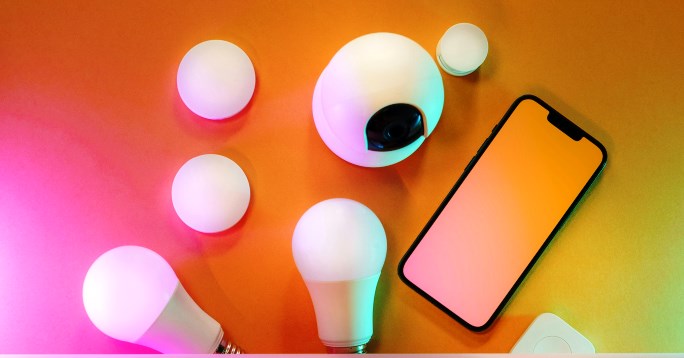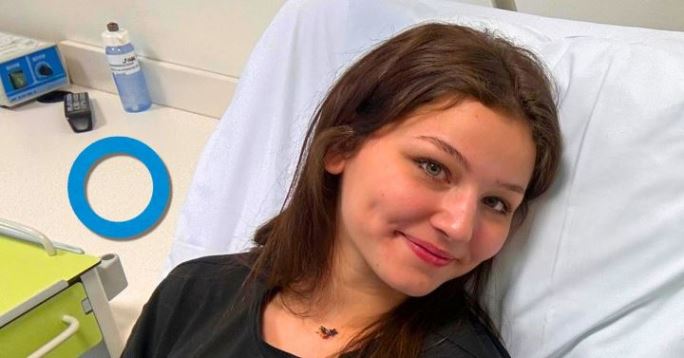Continuous Glucose Monitoring (CGM) can significantly improve glucose management – but these devices can also come with their own set of challenges, especially if you have sensitive skin. Fortunately, there are several products that can make insertion easier.
If you've ever experienced skin irritation while wearing a continuous glucose monitor (CGM), you're not alone. From mild rashes to painful allergic reactions, skin issues are no fun – they can negatively impact quality of life or even lead to discontinuation of the device. In a recent study, about one in four CGM users reported skin reactions, and around 3% stopped using their sensor because of them.
However, there are several products designed to make these devices more comfortable and effective. Additionally, CGM manufacturers are continuously innovating their sensors and adhesives to make them more comfortable, accurate, and long-lasting.
Who is at risk of skin irritation?
People use CGMs in different ways and for different reasons. Those with insulin-dependent diabetes typically use a CGM every day, while people with less severe diabetes may use a CGM only a few times per year to support healthy lifestyle choices.
Sarah Hormachea, a registered dietitian and Certified Diabetes Care and Education Specialist (CDCES) at Nourish, noted that occasional users tend to have fewer skin-related problems due to less exposure to sensors, adhesives, and years of insulin injections. If you're an occasional CGM user, you may have more flexibility in choosing insertion sites, said Hormachea. However, if you use CGM daily over many years, it's a good idea to be more careful with insertion, rotation, and removal.
People with sensitive skin, a history of eczema, or other skin conditions may also be at higher risk of developing contact rashes. Similarly, research suggests that individuals using both a CGM and an insulin pump are more likely to report irritation compared to those using pumps alone.
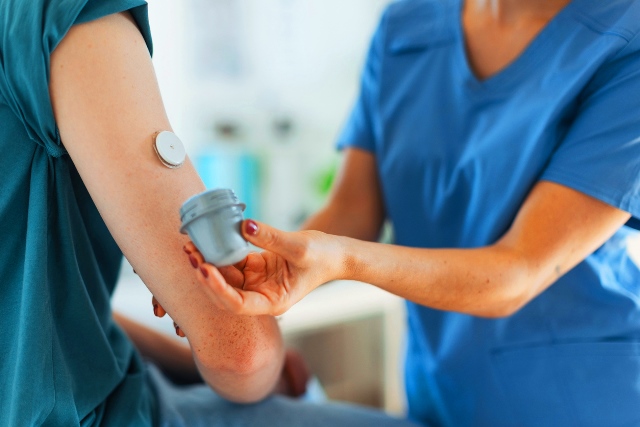
Expert tips for avoiding skin irritation when wearing a CGM
Although inserting a CGM sensor might seem intimidating at first – with so many steps and details to remember! – there are numerous tips to make the process easier.
1. Choose the right site for your sensor
There are many different CGM models, each with their own pros and cons – including approved wear locations. You may need some trial and error to find the best spot for you.
Once you’ve identified a general area for placement, look for the following qualities:
- At least 3 inches away from your insulin pump or injection site
- Away from bones, irritated areas (like stretch marks or eczema), belts, scars, and tattoos
- A place where it’s unlikely to be bumped or laid on while sleeping
- With sufficient padding or fat underneath the skin
Hormachea noted that people who’ve experienced significant weight loss sometimes struggle to find a good CGM site. Skin elasticity can decrease, making it harder for adhesives to stick.
Although each CGM model is approved for specific application sites, Hormachea said she’s seen sensors worn in many different places. Long-time users may run out of space and need to resort to less common locations like the lower back, hips, or thighs.
Some may find it difficult to insert a sensor on the back of the arm alone. In that case, it's best to ask a trusted caregiver, family member, or friend for help.
CGM Models and Approved Sensor Locations
| CGM | Adult Sensor Sites | Child Sensor Sites |
|---|---|---|
| Dexcom G6 | Abdomen or back of upper arm | Back of upper arm (age 2+), upper buttocks (age 2–17) |
| Dexcom G7 | Back of upper arm | Back of upper arm (age 2+), upper buttocks (age 2–6) |
| FreeStyle Libre 14 Day | Back of upper arm | N/A (18+ only) |
| FreeStyle Libre 2 | Back of upper arm | Back of upper arm (age 4+) |
| FreeStyle Libre 2 Plus | Back of upper arm | Back of upper arm (age 2+) |
| FreeStyle Libre 3 | Back of upper arm | Back of upper arm (age 4+) |
| Guardian 3 | Abdomen or back of upper arm | Abdomen or buttocks (ages 7–13), abdomen or arm (14+) |
| Guardian 4 | Back of upper arm | Abdomen or buttocks (ages 7–13), abdomen or arm (14+) |
| Simplera | Back of upper arm | Back of upper arm or upper buttocks (ages 2–17) |
Note: Sensor site approvals may vary by country. The table above reflects U.S. approved locations. Always consult your healthcare provider for sensor site recommendations.
2. Hygiene is key
Before inserting a sensor, wash your hands with soap and water. If the area has thick hair, shave it near the site. Hair trapped between adhesive and skin can make removal painful and lead to irritation.
Clean the insertion site and let it fully dry before applying the sensor. CGM manufacturers recommend using alcohol wipes, though Hormachea noted that some people find them drying or irritating.
“You don’t need alcohol if you practice good hygiene with soap and water,” she said.
Avoid moisturizers or scented soaps, as they can interfere with sensor adhesion.
“All moisturizing soaps and creams are my nightmare,” said Natalie Bellini, DNP, an endocrinology nurse practitioner and director of diabetes technology programs at University Hospitals in Cleveland, Ohio.
“People in cold climates use heat that dries out skin. People in hot climates use A/C, which also dries out skin – and both groups often use moisturizers. Moisturizers cause issues with pump and infusion set adhesives.”
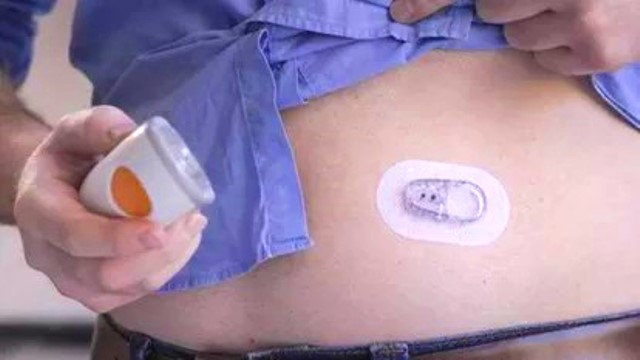
3. Prevent rashes
If you're prone to irritation, some providers recommend using a nasal spray like Flonase – a topical steroid that helps calm the skin. Bellini suggested spraying the CGM site a few times to create a contact barrier that may prevent rashes. A generic version is available over the counter for about $25.
You can also use a physical barrier like TegadermHP, a waterproof adhesive patch that blocks fluids, bacteria, and other contaminants. Bellini recommended applying TegadermHP first, then inserting the sensor through the patch – so the sensor doesn’t directly touch the skin. A box of 100 costs around $60.
Many in the online diabetes community feel reassured knowing they’re not alone in experiencing skin reactions. Susannah Chen, editor-in-chief at diaTribe and a Dexcom G6 user, experienced several skin issues when starting CGM with an AID system – even after consulting her endocrinologist and dermatologist. The most useful advice she found came from a Facebook group for adults and caregivers of children with type 1 diabetes.
“Some people suggested ‘airing out’ the sensor – removing the paper backing and letting the adhesive side breathe for 24 hours before applying it to the skin,” Chen said. “Personally, I found that really helpful.”
4. Consider extra adhesives
Some users struggle to keep their CGM in place for the full 1–2 weeks. Humidity, intense exercise, or bumping the sensor while dressing can cause it to fall off.
If you frequently lose sensors, Hormachea recommends reassessing your placement site. Is the area stretched or bumped often? Do you sweat a lot there? If so, try another spot.
For example, the flank (side of the abdomen) is a popular Dexcom G6 site. But if you sleep on your side, you may want to avoid it due to potential compression lows.
Products that can help secure your CGM include:
- Adhesive wipes or sprays that increase stickiness (e.g., Skin Tac, Skin-Prep)
- Overlay patches that add protection (many come in fun colors/designs!)
- Protective cases or belts with stretch bands and plastic covers over the sensor
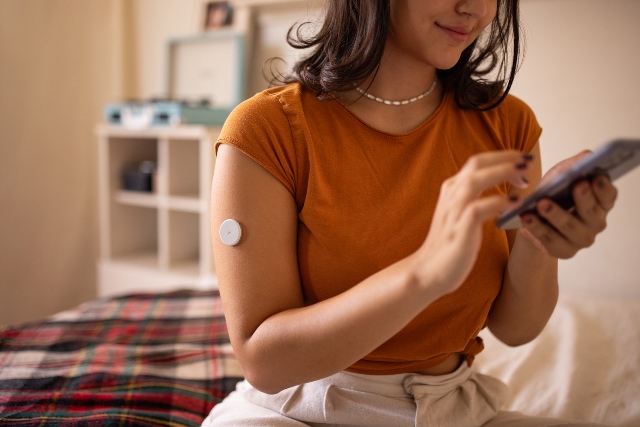
5. Rotate, rotate, rotate
It’s important to give your skin time to recover when using CGMs, insulin pumps, or injections. Rotating insertion sites helps improve sensor accuracy and reduces skin irritation or complications.
Here are some helpful rotation strategies:
- Imagine a clock face at the insertion site: place the sensor at 12 o’clock, then rotate to 3, 6, and 9 o’clock.
- Visualize an M or W and use each point as an insertion spot.
- Draw a grid pattern (2x2, 3x3, or 4x4) on the area and rotate through each square.
6. Be gentle when removing the sensor
Hormachea recommends removing a CGM like you would a bandage: “Use one hand to support the skin and peel off the sensor with the other in a single motion.”
If you have difficulty, consider using an adhesive remover. Medical wipes (like those from Bontech.hr) can help dissolve residue. You can also try baby oil or any oil-based product to loosen the adhesive.
Conclusion
CGMs are powerful tools in diabetes management – shown to increase time in range, reduce hypoglycemia, and improve quality of life. Like many aspects of diabetes care, it may take some trial and error to find the sensor site, rotation pattern, and adhesive products that work best for you.
If you're still struggling with CGM wear, reach out to your healthcare provider or CDCES – they’re valuable resources for any questions you may have about diabetes technology or medication.
“A CDCES, dietitian, or diabetes-trained nurse can often take one look and say, ‘Let’s try this,’ and give you personalized advice,” said Hormachea. “Meeting with a professional can really improve your CGM experience.”
This article was originally published on diaTribe.org. All rights belong to the original publisher.


